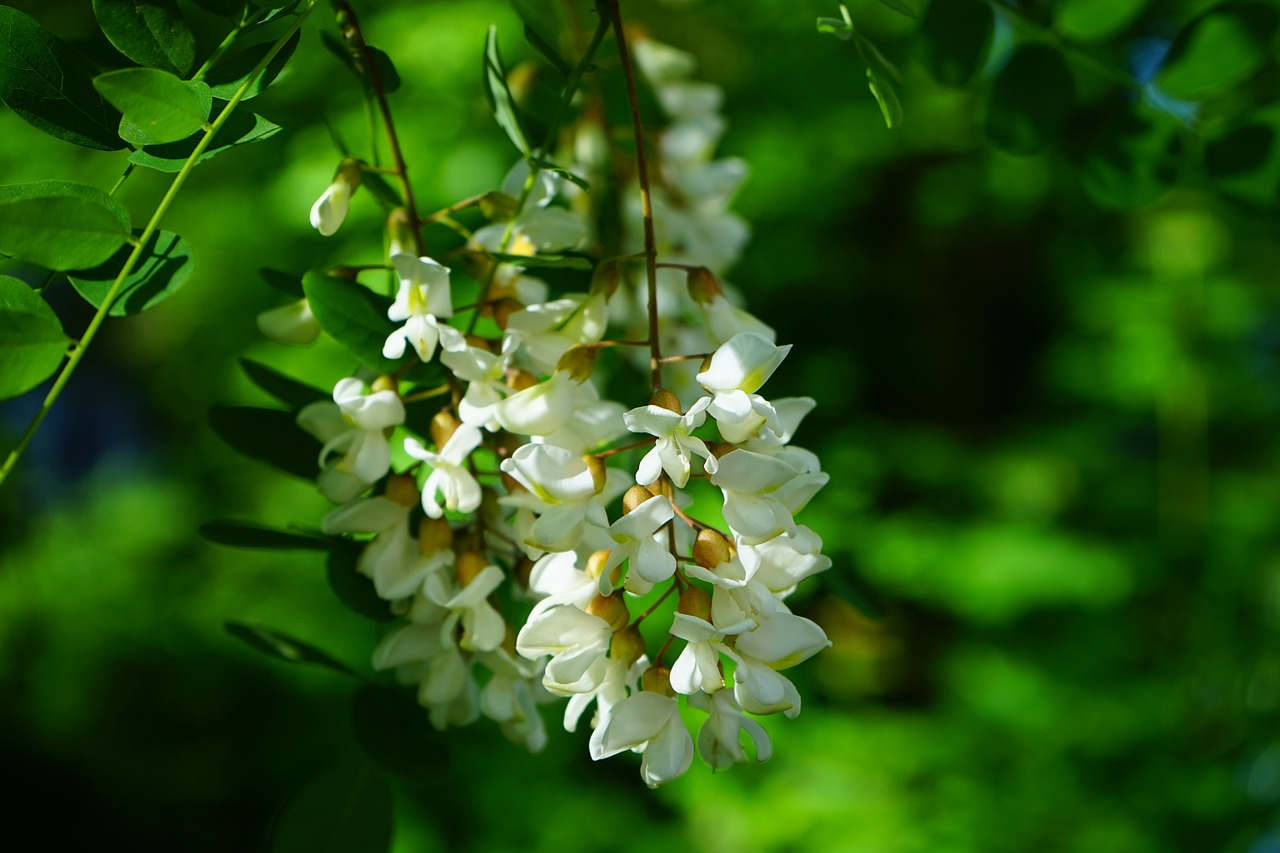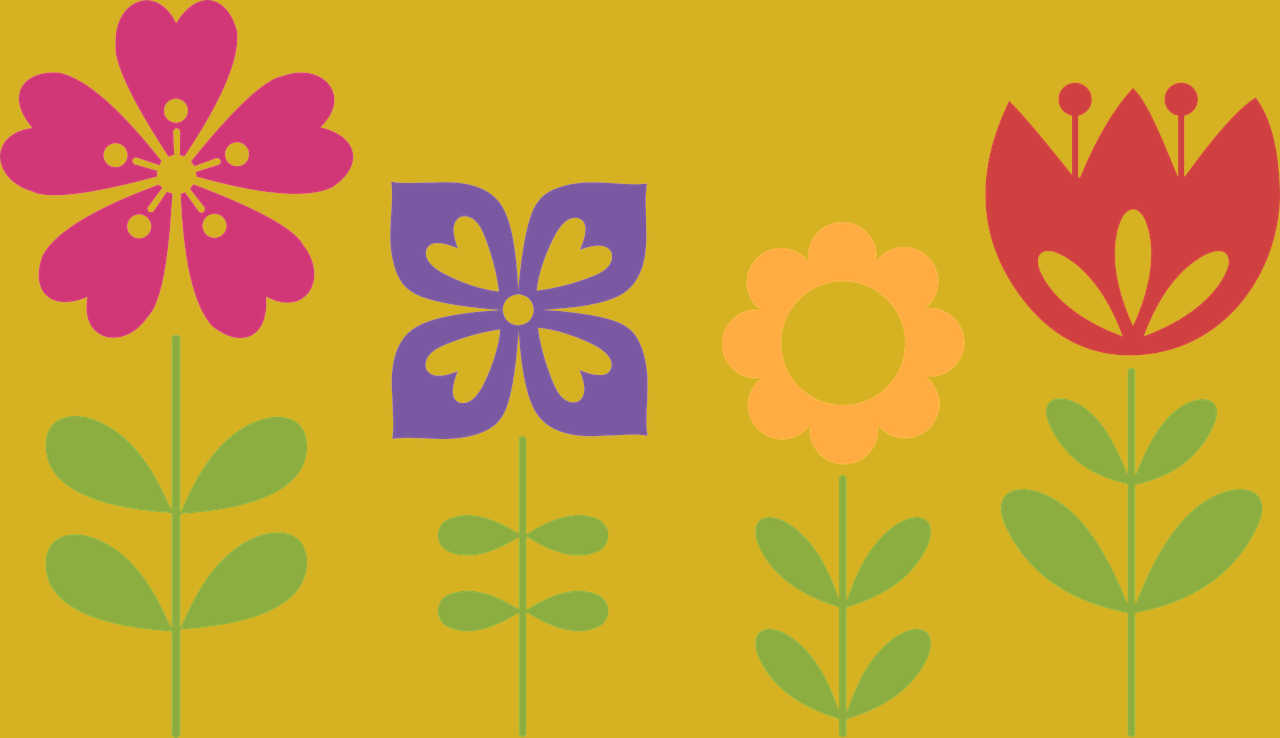Yes, Black Locust can be toxic to dogs.
Scientific Name: Robinia pseudoacacia
Additional Common Names: false acacia
Toxic Principle: Black locust’s bark and leaves are toxic, various reports suggest that the seeds and the young pods of the black locust may be edible when cooked, since the poisons that are contained in this plant are decomposed by heat. Important constituents of the plant are the toxalbumin robin which loses its toxicity when heated and robinin, a non-toxic glucoside. The bark, sprouts and foliage are considered toxic.
Poisoning Symptoms: When consume the plant show signs of anorexia, depression, diarrhea, colic, weakness, and cardiac arrhythmia. Symptoms usually occur about 1 hour following consumption animal may become comatose and die.
Additional Info
Robinia pseudoacacia, commonly known as the Black Locust, is a tree in the subfamily Faboideae of the pea family Fabaceae. It is native to the southeastern United States, but has been widely planted and naturalized elsewhere in temperate North America. With a trunk up to 0.8 m diameter (exceptionally up to 52 m tall and 1.6 m diameter in very old trees), with thick, deeply furrowed blackish bark. The leaves are 10–25 cm long, pinnate with 9–19 oval leaflets, 2–5 cm long and 1.5–3 cm broad. Each leaf usually has a pair of short thorns at the base, 1–2 mm long or absent on adult crown shoots, up to 2 cm long on vigorous young plants. The intensely fragrant flowers are white, borne in pendulous racemes 8–20 cm long, and are considered edible. The fruit is a legume 5–10 cm long, containing 4–10 seeds.
Although similar in general appearance to Honey locust, it lacks that tree’s characteristic long branched spines on the trunk, instead of having the pairs of short thorns at the base of each leaf; the leaflets are also much broader.
Native from Pennsylvania to northern Georgia and westward as far as Arkansas and Oklahoma, but has been widely spread. Reaches the height of seventy feet with a trunk three or four feet in diameter, with brittle branches that form an oblong narrow head. Spreads by underground shoots. The leaflets fold together in wet weather, also at night; some change of position at night is the habit of the entire leguminous family.


